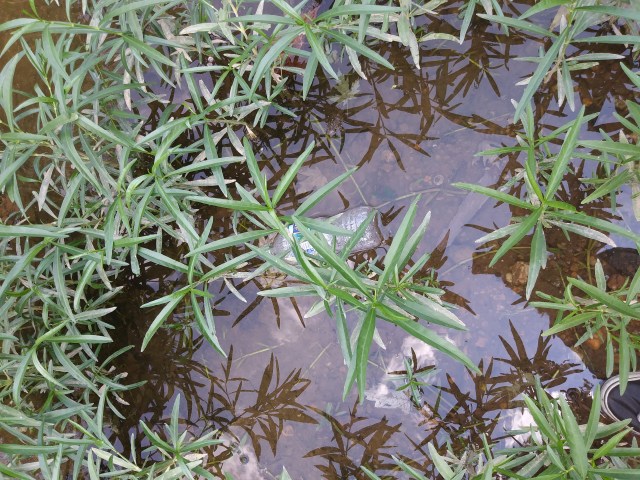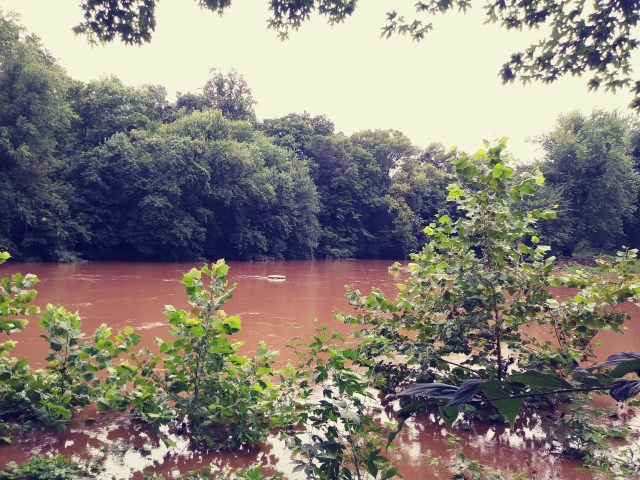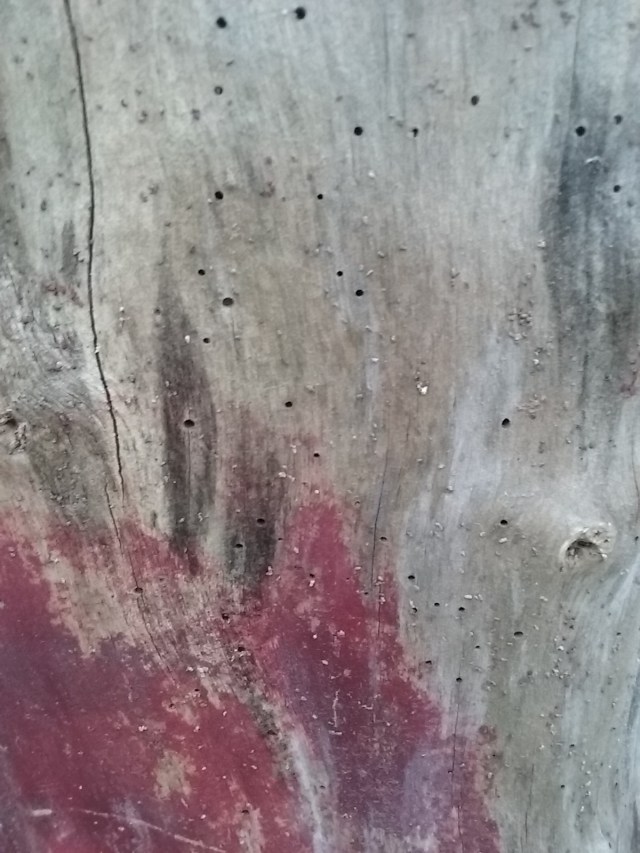
My father died last week. It still feels too recent to write anything coherently, but every now and then a panic seizes hold of me — a deep, sickening fear — that the time when he was with me is passing away too quickly, that I am losing something vital that will be impossible to retrieve if I wait too long. So I try. I sit here putting words on a screen, and I feel as if I’m wearing blinders. I see but narrowly, unable to understand what is not directly before me.
Days before my father’s hospitalization this fall, when he was still walking, albeit warily, and his dementia had not yet so confused his speech, he and I visited the Catoctin Furnace, where pig iron was discovered and then, beginning in 1776, produced by the first governor of Maryland, Thomas Johnson. We followed the trail that leads into the woods beside the reconstructed furnace, past the ruins of the old manor house, where sparrows hopped between asters and pokeweed in the autumn sun, onto a rocky, narrow path framed by heaps of ancient slag, over the treacherously open Bowstring Arch Bridge, which overlooked a pair of dogs gamboling after sticks a woman tossed into Little Hunting Creek. I stopped my father on the bridge to take a picture of him, something I rarely did. I had no idea this would be the last hike I would ever take with him. I had no idea. But it was a beautiful day. And he smiled.
It was this day I remembered when, the night before his funeral, I tried to think of something to say at his service. My brother and sisters had all finished their pieces, each beautiful in their uniqueness and approach, but my head was too filled, too noisy, too confused by images of my father’s last days. It was not until I lie in bed, not sleeping, nursing my numbness, that the woods came to me: the leaf-littered path, and the water, and my father beside me, as he had been so many times before.
And I knew what to say:
To Dad
When I step into the woods,
Onto a path through a field,
Up a trail into the mountains,
You are with me —
You always were —
A teacher,
Pointing out
the color of the stones,
The signs of animals in the underbrush,
The shape of the leaves on the trees.
It’s your language
The way you love
How you show the way.
And how nice it is,
Now,
To see how easy it will be
To feel you again,
In the wren in the thicket,
The bright zinnias in my garden,
The rolling clouds in the sky.
You thought you taught me to see
The world
But you also taught me to see
You.
So I never have to say
Goodbye,
Only,
I’ll see you later,
Again,
Soon.
–Julie








































